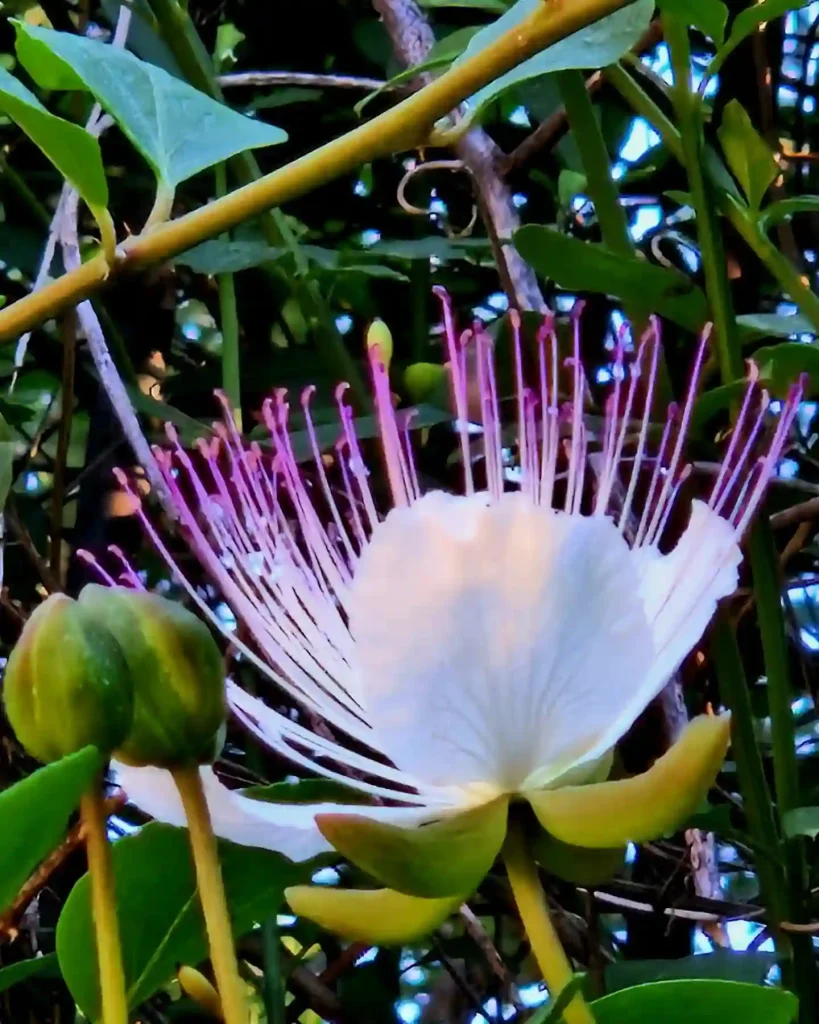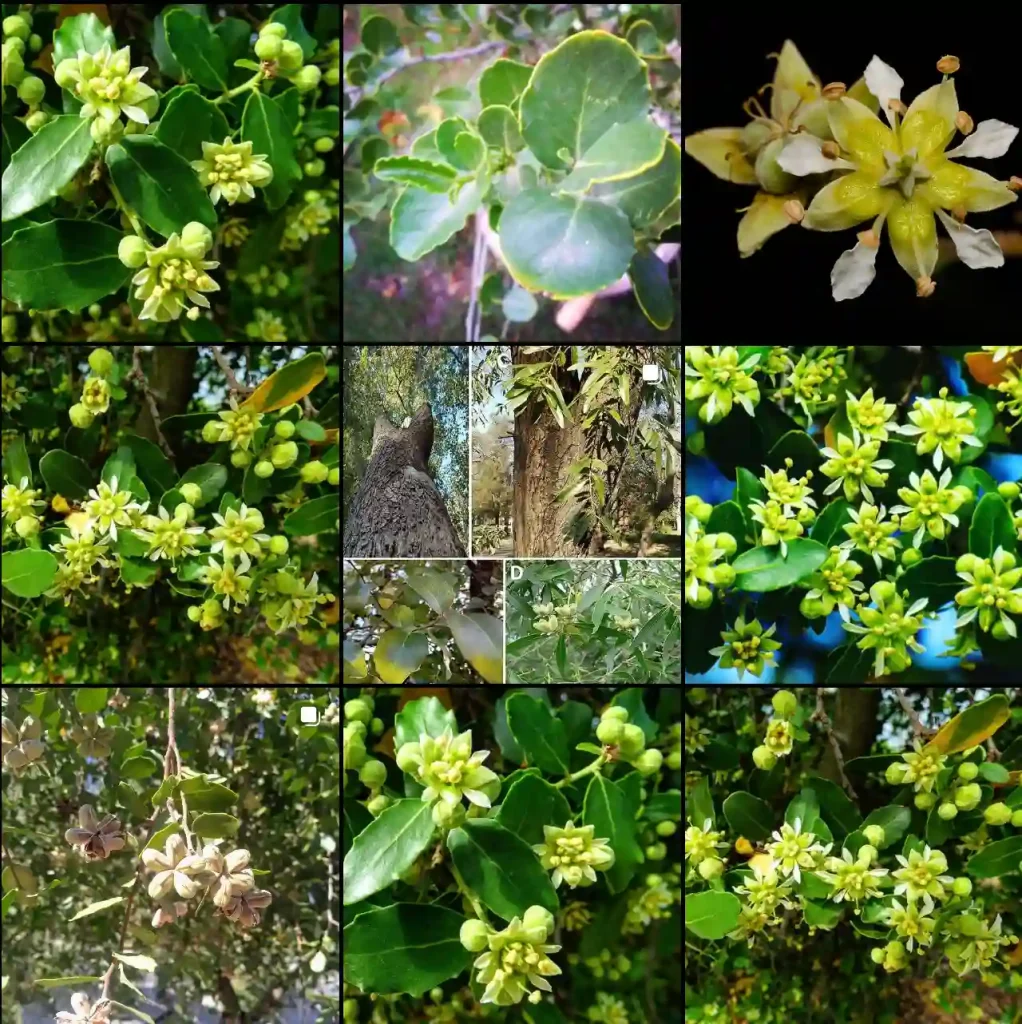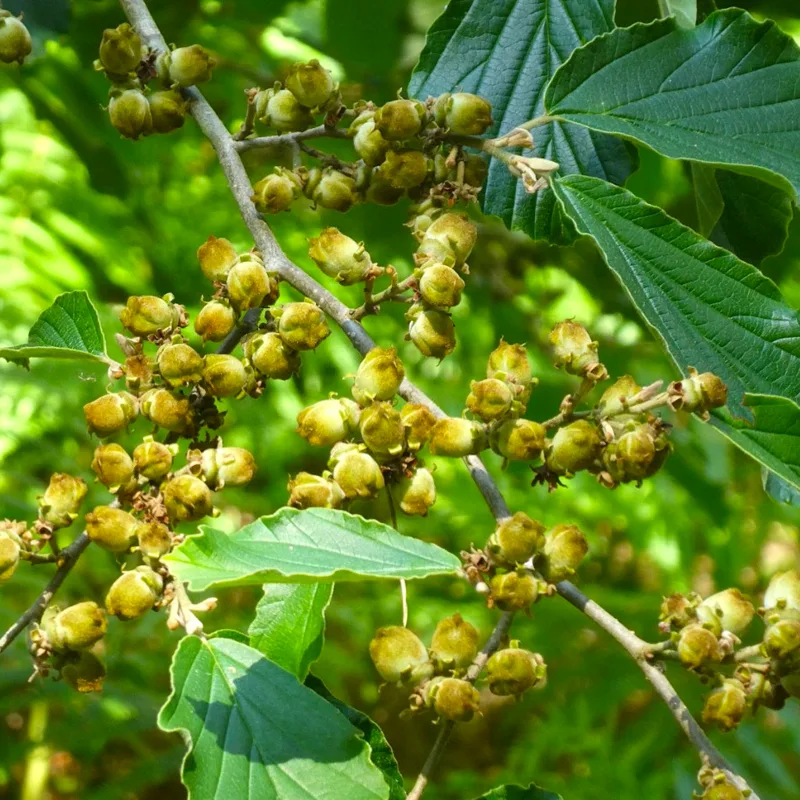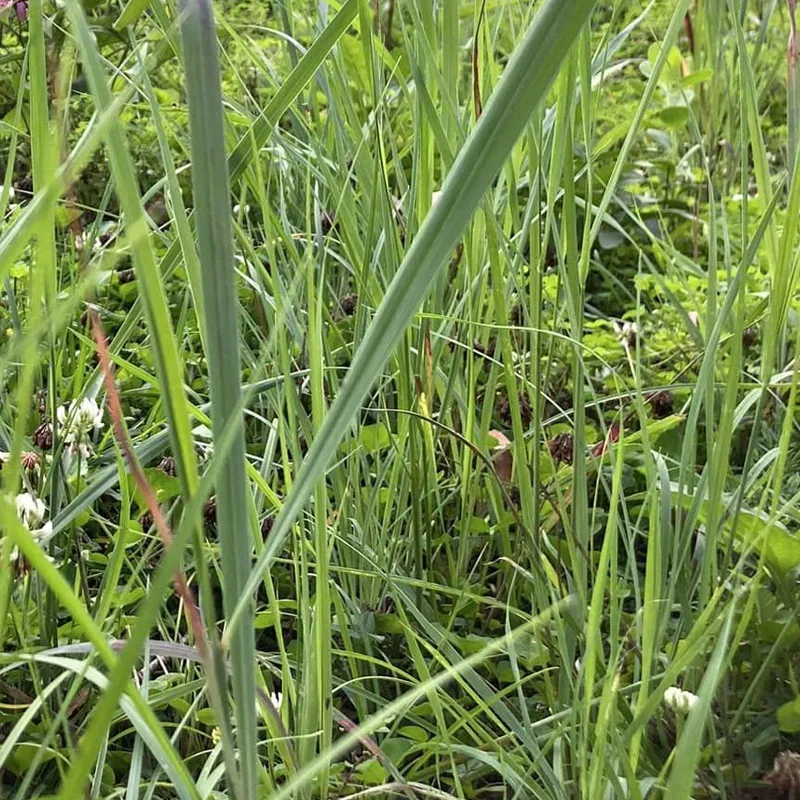Frequently Asked Questions About Artemisia Verlotiorum: A Gardener’s Guide
Greetings, fellow plant enthusiasts! I’m Ferb Vu, and today we’re diving into the world of Artemisia Verlotiorum, often known as Chinese Mugwort. This fragrant friend is a popular choice for gardens, but it can sometimes be confused with its close relative, Artemisia vulgaris (Common Mugwort). Let’s clear the air and answer your burning questions about Artemisia Verlotiorum.
508 Species in Genus Artemisia
What is Artemisia Verlotiorum?
Artemisia Verlotiorum is a herbaceous perennial belonging to the Asteraceae family. It boasts oblong, reddish-brown flower heads and green stems adorned with broader, lighter-colored leaves that grow densely along the stem. Unlike Common Mugwort, Chinese Mugwort exudes a stronger, more pleasant aroma.
This late bloomer graces gardens with its flowers in the very late summer. However, its primary mode of reproduction involves stolons, underground stems that sprout new plants, forming thick clusters.
How to plant and care for Artemisia Verlotiorum?
Sunlight: Artemisia Verlotiorum thrives in full sun, but can also tolerate partial shade.
Watering: This plant prefers well-drained soil and moderate watering. The best way to gauge water needs is to stick your finger into the soil. If the top two to three inches feel dry, it’s watering time. During the scorching summer months, you might need to water more frequently, depending on how quickly the soil dries. Conversely, winter calls for less frequent watering.
Soil: Artemisia Verlotiorum isn’t fussy about soil type, but well-draining, slightly fertile soil is ideal.
Propagation: Propagating this beauty is a breeze! You can divide established clumps in spring or fall, or take stem cuttings in early summer.
Artemisia Verlotiorum vs. Artemisia Vulgaris: Telling Them Apart
Confusing these two mugworts is a common occurrence. Here’s a quick comparison to help you differentiate them:
- Flowers: Artemisia Verlotiorum has oblong, reddish-brown flower heads, while Common Mugwort boasts rounder, yellowish-green flower heads.
- Leaves: Chinese Mugwort has broader, lighter-colored leaves that grow densely on the stem. Common Mugwort’s leaves are typically narrower and darker green.
- Aroma: Artemisia Verlotiorum has a stronger, more pleasant fragrance compared to the somewhat bitter scent of Common Mugwort.
How to use Artemisia Verlotiorum?
Beyond its aesthetic appeal, Artemisia Verlotiorum offers several practical benefits:
- Landscaping: This plant adds texture and fragrance to borders, rock gardens, and cottage gardens. Its compact size makes it suitable for smaller spaces.
- Companion Planting: Some gardeners believe Artemisia Verlotiorum can deter certain pests due to its strong aroma.
- Culinary Uses: While caution is advised (see “Toxicity” section below), some cultures use the leaves sparingly in certain dishes for their unique flavor.
Toxicity of Artemisia Verlotiorum
Important Note: Artemisia Verlotiorum can be toxic if ingested in large quantities. Skin contact may also cause irritation in some individuals. It’s crucial to keep this plant out of reach of children and pets.
If you suspect ingestion, seek immediate medical attention.
Interesting Facts about Artemisia Verlotiorum
- Native Habitat: This plant is native to temperate regions of Eurasia, but it has become naturalized in many parts of the world, including Australia and North America. In some areas, it’s even considered an invasive weed due to its aggressive growth habits.
- Historical Uses: Throughout history, various cultures have used Artemisia Verlotiorum for medicinal purposes. However, the effectiveness of these traditional uses lacks scientific backing, and ingestion can be dangerous. It’s always best to consult a qualified healthcare professional before using any plant medicinally.
- Wildlife: Certain butterfly and moth species find Artemisia Verlotiorum particularly attractive, making it a great choice for gardens that support pollinators.
- Winter Interest: While the flowers fade after summer, the dried foliage of Artemisia Verlotiorum adds a touch of texture and structure to winter gardens.
Additional Considerations
- Invasive Potential: Before planting Artemisia Verlotiorum, research its invasive potential in your region. Responsible gardening practices help prevent unwanted spread.
- Alternatives: If Artemisia Verlotiorum is considered invasive in your area, there are many other attractive and low-maintenance plants you can choose from. Consider native species that benefit local wildlife.
Conclusion
Artemisia Verlotiorum is a charming and versatile addition to many gardens. With its pleasant aroma, attractive foliage, and ease of care, it’s a winner for both novice and experienced gardeners alike. Just remember to exercise caution around pets and children and enjoy this fragrant friend responsibly.
If i die, water my plants!



